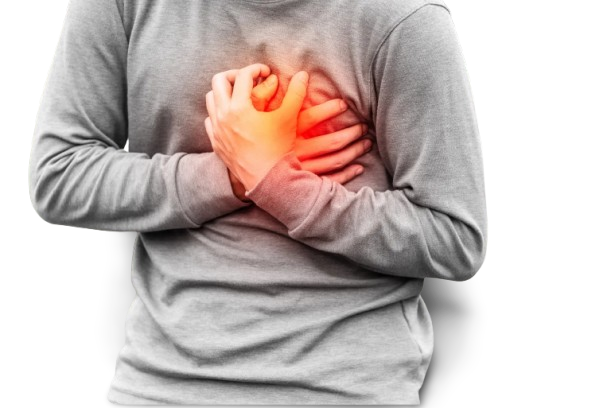Advantages & Disadvantages Of Drinking Coffee Home
Coffee use seems to have a positive effect on chronic liver disease. In a study reported in the British Journal of Cancer 2007, August 6; 97 (3): 426-8, the multivariate adjusted odds ratio (95% CI) for mortality from hepatocellular carcinoma was 0.49 overall for daily coffee drinkers versus non-coffee drinkers. When analyzed separately in HCV-positive and HCV-negative individuals, it was 0.31, and 0.75 respectively.
ADVANTAGES:
• Coffee boosts your physical performance. Have a cup of black coffee about an hour before workout and your performance can improve by 11-12%. Caffeine increases adrenaline levels in your blood. Adrenaline is your body's "fight or flight" hormone which helps you to prepare for physical exertion.
• Coffee may help you lose weight. Coffee contains magnesium and potassium, which helps the human body use insulin, regulating blood sugar levels and reducing your craving for sugary treats and snacks.
• Coffee helps you burn fat. Caffeine helps fat cells break down body fat and use it as fuel for training.
• Coffee helps you focus and stay alert. Moderate caffeine intake, 1-6 cups a day, helps you focus and improves your mental alertness.
• Coffee lowers risk of death. Studies have shown that coffee drinker's overall risk of premature death is 25% lower than of those who do not drink coffee.
• 1 Cup Daily: regulates the level of blood pressure and positively affects blood vessels. Coffee is known as an excellent antioxidant that stimulates brain activity.
DISADVANTAGES COFFEE DRINKING
• Bad coffee can be toxic. Bad quality coffee can have a lot of impurities in it, which can cause sickness, headache or a general bad feeling. This can happen if your coffee is made from beans that have been over ripped or otherwise ruined. Even one ruined bean can make your cup toxic. If you invest and buy high quality, speciality coffee you do not have to worry about this.
• Coffee can kill you. Yes, if you drink 80-100 cups (23 litres) in a short session. This dose is lethal and will amount in 10-13 grams of caffeine within your body. Before you reach this point, however, you'll be vomiting most of it out since 23 litres of any liquid is a lot. Even drinking 23 litres of water can kill you.
• Coffee can cause insomnia and restlessness. Again, it's the caffeine working here. Your recommended maximum amount of caffeine is 400 milligrams, roughly the amount that you'll get from 4 cups of coffee. If you're caffeine-sensitive, be careful with coffee. You are probably already aware what amount and what kind of coffee suits, or does not suit you. The amount of caffeine that is safe for human consumption is actually written in our DNA.
• Do not drink more than one cup a day if you're pregnant. Studies on coffee's effect on a fetus have been controversial, but one thing is sure: if you drink coffee when pregnant, caffeine will also reach the fetus, and your baby is highly sensitive to caffeine. So, if you're a heavyweight coffee drinker and can not stop drinking it while pregnant, at least reduce your coffee intake to one cup a day.
• too much intake of coffee, such as 4 cups per day, can have negative outcome with people with sensitive health and health problems. Possible cases of rheumatoid arthritis, matching the feeling of nervousness and anxiety may occur.
• Most research pertaining to coffee and its health effects is based on coffee that is black or contains some sugar or milk rather than the fancy coffee beverages you can buy at a coffeehouse. These beverages contain coffee but also are frequently high in calories. For instance, a 24-ounce mocha iced blended coffee drink with whipped cream can contain up to 500 calories; this accounts for about 25 percent of the average person's daily caloric intake. Because beverages tend to be less filling than foods, you are not as likely to eat fewer calories later in your day just because you had a calorie-rich beverage. Consuming too many calories can lead to weight gain and weight-related health problems such as type 2 diabetes.
References:
- http://getfit.jillianmichaels.com/disadvantages-drinking-coffee-1881.html.
- https://www.warriorcoffee.com/news/2/12-health-benefits-and-6-disadvantages-of-coffee-smashing-it
- http://www.healthyfoodstar.com/advantages-disadvantages-of-drinking-coffee/
- http://www.jlgh.org/JLGH/media/Journal-LGH-Media-Library/Past%20Issues/Volume%202%20-%20Issue%204/V2I4_HealthBenefitsCoffee.pdf




































